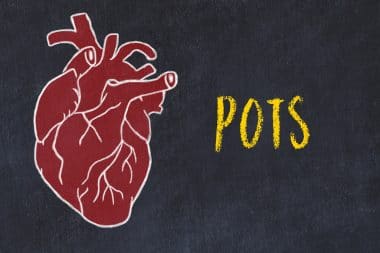Breast cancer may get a lot of publicity, but if you’re female, you should be more worried about heart disease. Coronary heart disease — the most common type — kills more women in the U.S. than any other health condition — one in four American women die of heart disease. Women are also more susceptible than men to some lesser-known heart problems, such as coronary microvascular disease and broken heart syndrome.
Although both men and women in the U.S. are susceptible to heart disease, there are some distinct differences between the two sexes. Women typically develop the condition about 10 years later than men, possibly because female sex hormones provide protection. Classic signs of a heart attack include crushing chest pain, pain that radiates down the left arm, sweating, nausea and vomiting. Women, however, are more likely to report pain in the jaw or abdomen, or to say the pain is sharp or burning.
In coronary heart disease (CHD) a sludge of fat, cholesterol, calcium and other substances builds up on the inside of your arteries. Although plaque can and does occur in any artery, if it builds up in the coronary or heart arteries, it can slow down the flow of blood to your heart. Decreased blood flow means less oxygen gets to the heart muscle, and this can cause chest pain, called angina. If the plaque is damaged from turbulence caused by high blood pressure or if it ruptures, a blood clot can form on the damaged area and mostly or completely block blood flow through a coronary artery. This sort of blockage is the most common cause of a heart attack. But the plaque can also simply build up or harden in the artery and gradually narrow the blood vessel.
Coronary microvascular disease (CMVD) is similar to CHD, but it affects the tiny arteries in the walls of the heart. It may also be called cardiac X syndrome or non-obstructive CHD. For some reason, women are more likely to develop CMVD than men. Researchers think this may be related to changes in estrogen levels during menopause, in combination with other heart disease factors. CMVD is difficult to detect, as standard lab and diagnostics tests don’t show if it is present.
Broken heart syndrome is another condition more common in women than men. It results from extreme emotional stress that causes severe heart failure. Also known as stress-induced cardiomyopathy, the condition can mimic a heart attack, with similar symptoms and test results. However, it does not cause blocked arteries in the heart. Most women who develop broken heart syndrome have previously been healthy, and they typically recover relatively quickly.
The good news is that women can lower their risk of heart disease through lifestyle changes. High blood pressure, obesity and smoking are three examples of modifiable risk factors. Have your blood pressure checked frequently and seek medical attention if it’s above 130/80. You can help maintain a normal weight or lose weight by eating more plants, fewer simple carbohydrates like bread or sweets and more fresh instead of processed foods. Limit your alcohol to one drink a day. Exercise helps with both high blood pressure and weight control, and can decrease stress. If you don’t smoke, don’t start – if you do, stop. Ask your doctor about prescriptions or join a smoking cessation support group.








Reply